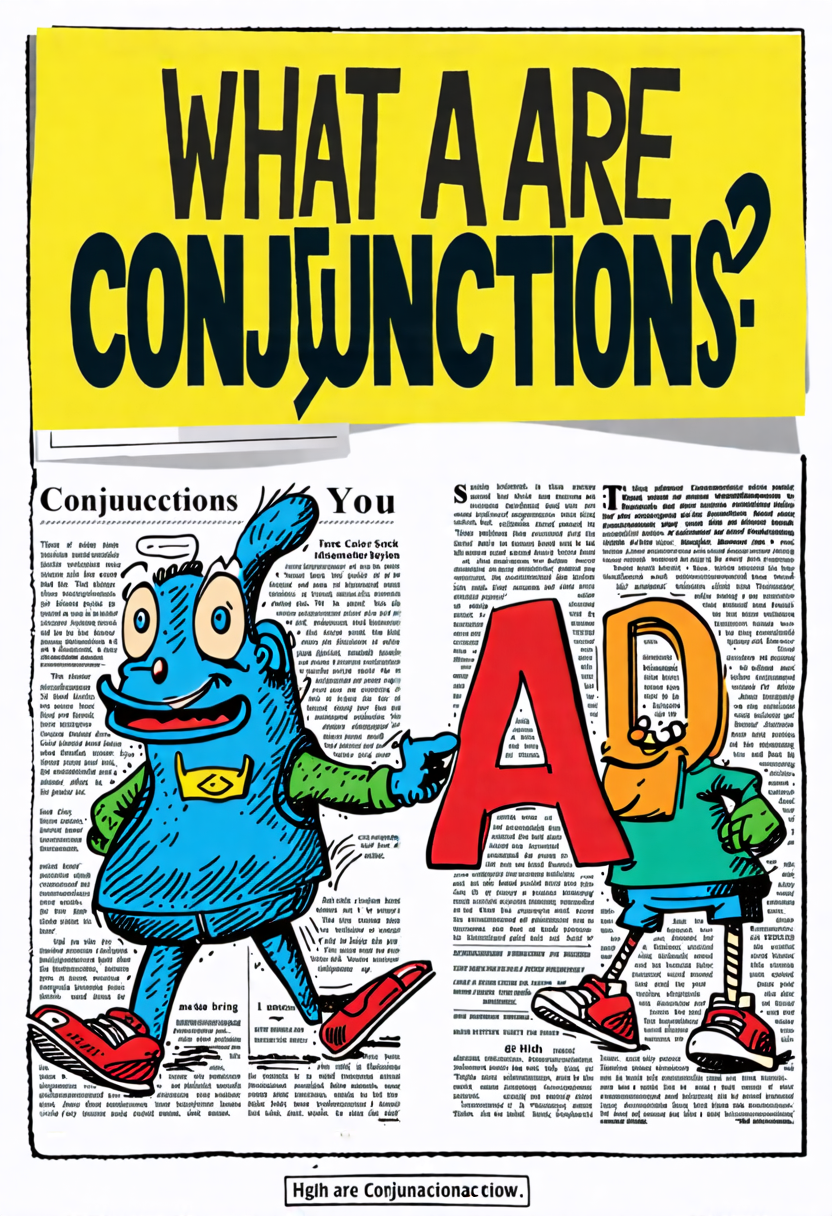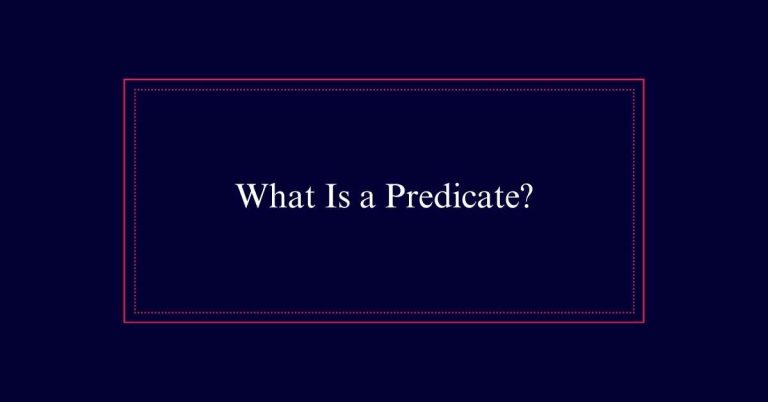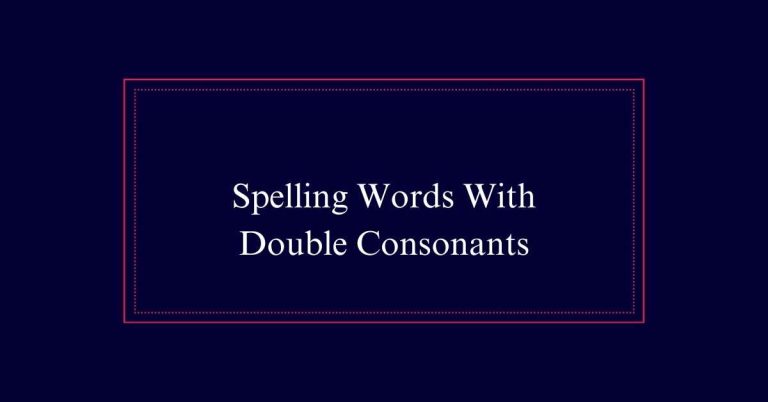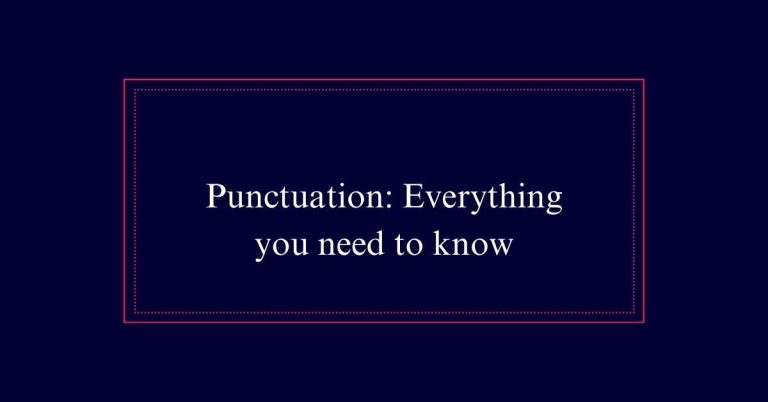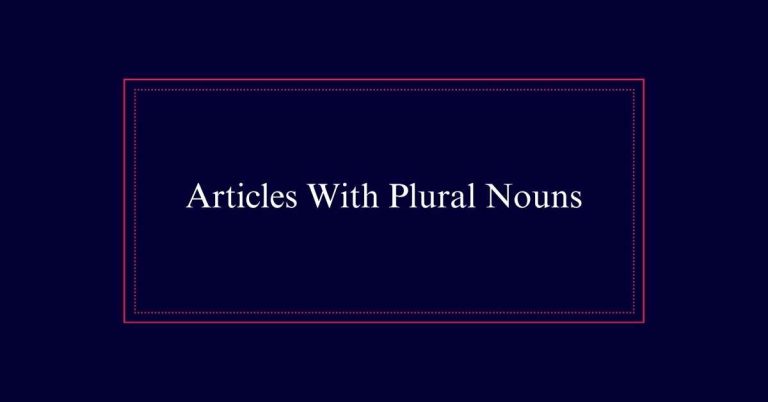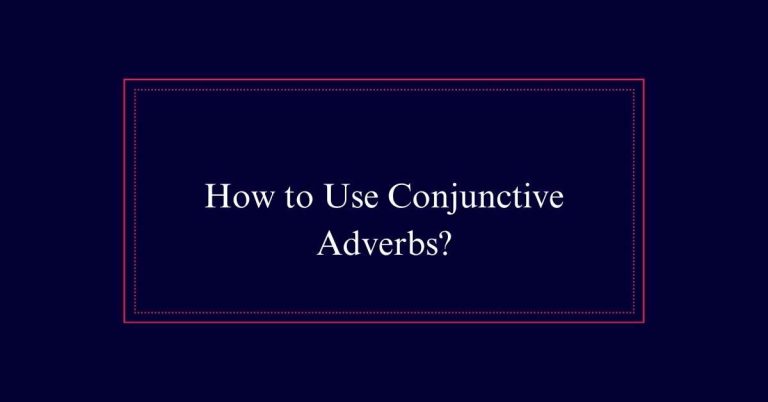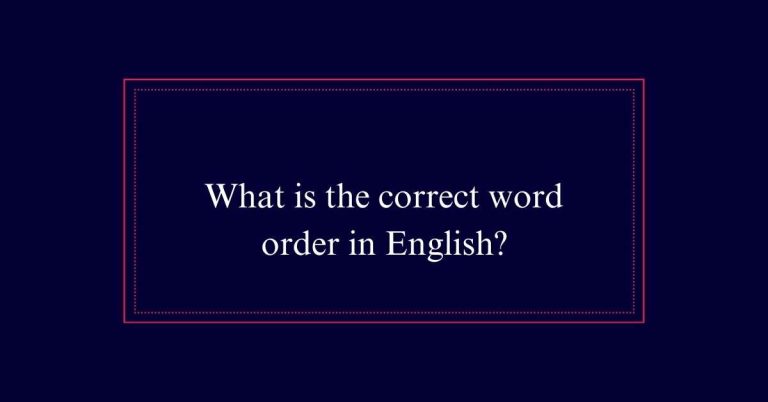What are conjunctions?
Conjunctions are words that link other words, phrases, or clauses to form complex sentences. They play a critical role in enhancing the structure and clarity of writing.
Common types include coordinating conjunctions like ‘and,’ ‘but,’ and ‘or,’ which connect equal elements.
Subordinating conjunctions such as ‘because’ and ‘if’ create a relationship between dependent and independent clauses.
Correlative conjunctions, like ‘either…or’ and ‘neither…nor,’ work in pairs to connect balanced sentence parts.
Definition of Conjunctions
Conjunctions are words that link other words, phrases, or clauses together in a sentence. They play an important role in forming complex sentences. By connecting different parts of a sentence, conjunctions help to avoid choppiness and improve the flow of writing.
When using conjunctions, it is vital to make sure that the phrases joined are parallel. This parallel structure enhances the elegance and readability of sentences. Conjunctions can be categorized into three main types: coordinating, correlative, and subordinating. Each type serves a unique purpose in connecting ideas and maintaining sentence structure.
Role in Sentence Structure
Understanding the role of conjunctions in sentence structure is fundamental to mastering their use in writing.
Conjunctions link words, phrases, or clauses, creating more complex and nuanced sentences. Coordinating conjunctions, such as ‘and’ or ‘but,’ join elements of equal importance, maintaining balance and flow.
Correlative conjunctions, like ‘either/or’ and ‘neither/nor,’ work in pairs to emphasize relationships and guarantee clarity. Subordinating conjunctions, including ‘because’ and ‘although,’ connect independent and dependent clauses, indicating relationships such as cause-and-effect or contrast.
Avoiding Sentence Choppiness
A well-placed conjunction can transform a series of short, choppy sentences into a smooth, cohesive narrative. Conjunctions link sentences and ideas, creating a more fluid reading experience.
By using conjunctions effectively, writers can avoid the repetitive, staccato effect that comes from using too many short sentences. This not only makes the text easier to read but also enhances its overall quality.
Consider the benefits:
- Improves flow: Conjunctions help sentences flow naturally.
- Adds variety: They combine sentences, adding complexity.
- Clarifies relationships: Conjunctions show connections between ideas.
- Enhances readability: Text becomes more engaging and less tedious.
Ensuring Parallelism
Ensuring parallelism involves aligning grammatical structures when linking words, phrases, or clauses. This means that elements in a list or joined by conjunctions should follow the same pattern.
For example, in the sentence ‘She likes reading, writing, and to swim,’ the structure is not parallel. Correcting it to ‘She likes reading, writing, and swimming’ guarantees parallelism.
Parallelism helps improve the readability and flow of sentences. When using coordinating or correlative conjunctions, maintaining parallel structure is essential. It guarantees each element is given equal importance.
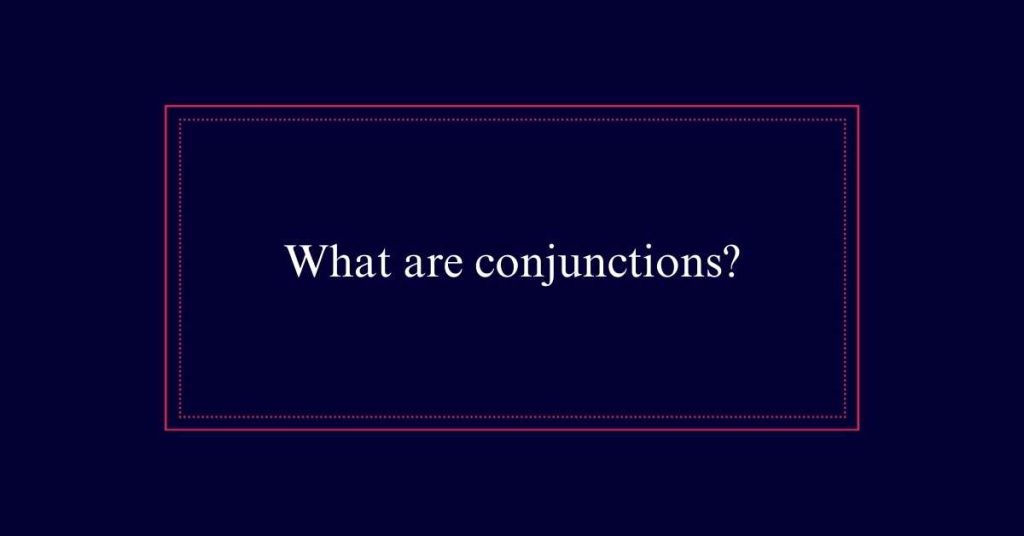
Enhancing Elegance
Parallelism not only enhances readability but also contributes greatly to the elegance of your writing. Using conjunctions correctly helps achieve this parallel structure. When phrases or clauses are balanced, the writing flows more smoothly. This balance makes sentences more engaging and easier to understand.
Here are some tips to enhance elegance with conjunctions:
- Utilize conjunctions to link similar structures: Guarantee that the elements joined by conjunctions are in the same grammatical form.
- Maintain consistency: Consistent use of conjunctions can make your writing more coherent.
- Avoid redundancy: Use conjunctions to combine sentences and eliminate unnecessary repetition.
- Vary conjunctions used: Mix different types of conjunctions to add variety and interest.
Coordinating Conjunctions
Coordinating conjunctions play an essential role in linking words, phrases, or clauses of equal importance within a sentence. These conjunctions guarantee that each part holds the same grammatical weight.
Common coordinating conjunctions include ‘for,’ ‘and,’ ‘nor,’ ‘but,’ ‘or,’ ‘yet,’ and ‘so.’ They are often remembered using the mnemonic device FANBOYS.
Common Coordinating Examples
Examples of coordinating conjunctions in action illustrate how these connectors effectively join elements of equal importance within a sentence. These conjunctions—often remembered by the mnemonic FANBOYS (for, and, nor, but, or, yet, so)—play an important role in maintaining the flow and coherence of writing.
Consider the following examples:
- For: ‘She was tired, for she had stayed up all night.’
- And: ‘I bought apples and oranges.’
- But: ‘He wanted to go, but he was too busy.’
- Or: ‘You can have tea or coffee.’
Correlative Conjunctions
Correlative conjunctions are pairs of words that work together to link balanced elements in a sentence. Examples include either/or, neither/nor, and not only/but also. These pairs emphasize the relationship between the linked elements. They connect ideas with balance, guaranteeing that both parts of the sentence are given equal importance.
For instance, ‘You can either have tea or coffee’ balances the choices presented. Similarly, ‘She is not only smart but also hardworking’ highlights both qualities equally. Using correlative conjunctions enhances sentence structure and clarity.
Subordinating Conjunctions
While correlative conjunctions pair words to emphasize balance, subordinating conjunctions connect independent and dependent clauses to indicate relationships like cause-and-effect or contrast. These conjunctions are pivotal for illustrating the connection between ideas, making sentences more complex and informative.
Common subordinating conjunctions include ‘because,’ ‘since,’ ‘although,’ and ‘while.’ They provide context and specify the nature of the relationship between the clauses.
Here are some key points to remember:
- Cause-and-effect: ‘She stayed home because she was sick.’
- Contrast: ‘Although it was raining, they decided to go hiking.’
- Time: ‘I will call you after I finish my work.’
- Condition: ‘If it rains, we will cancel the picnic.’
Starting Sentences With Conjunctions
Starting a sentence with a conjunction can add emphasis and variety to your writing. It is not an error to do so.
Both coordinating and subordinating conjunctions can start sentences. For example, ‘And’ or ‘But’ can begin a sentence to stress a point. Similarly, ‘Because’ or ‘Although’ can introduce a sentence to highlight relationships between ideas.
However, overusing this technique can reduce its impact and make writing feel repetitive. Use it sparingly to maintain its effectiveness.
Starting with conjunctions can make your writing more engaging and dynamic. It helps break the monotony of traditional sentence structures.
